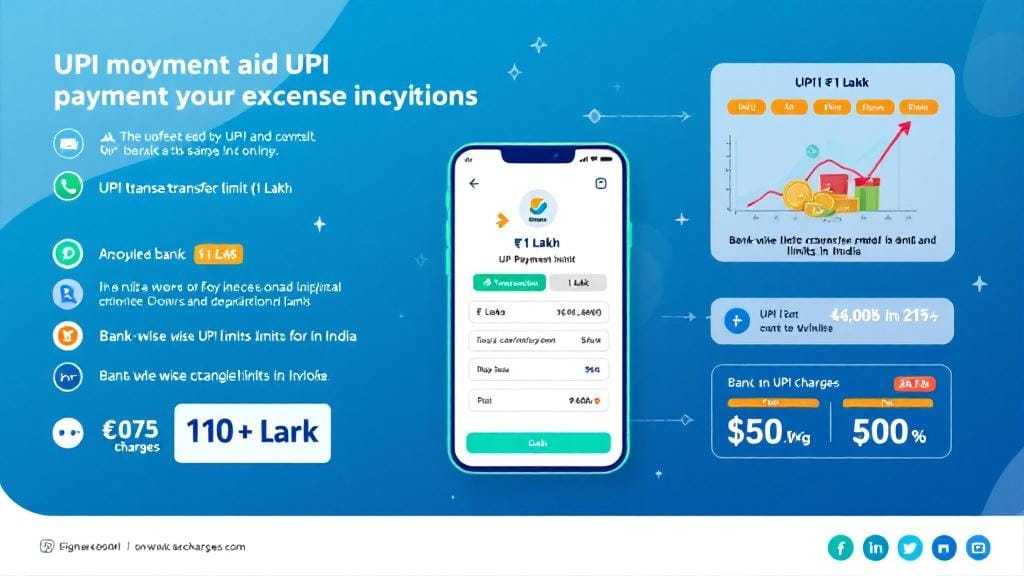In the world of forex trading, using the right forex indicators is a game-changer. Whether you are a beginner or an experienced trader, these Signals provide vital insights into market trends, price movements, and potential entry or exit points. This guide will take you through everything you need to know about forex indicators, from understanding their basics to learning advanced strategies for maximising their potential.
In this comprehensive guide, we will cover various types of forex indicators that are essential for successful trading. We’ll explore the best forex indicators, forex Signals for beginners, leading forex indicators, and much more. So, if you want to sharpen your trading skills and boost your success rate, keep reading!
What Are Forex Indicators?
Forex Signals are mathematical calculations based on the price, volume, or open interest of a currency pair. These Signals are essential tools for technical analysis, helping traders to predict future price movements. They can be plotted on charts and provide visual cues for making trading decisions.
There are several types of forex market indicators, including:
Trend Indicators: Identify the general direction of the market.
Momentum Indicators: Show the strength of a price movement.
Volatility Indicators: Measure the market’s fluctuations.
Volume Indicators: Indicate the strength or weakness of a market move.
By understanding how to use these Signals effectively, traders can enhance their forex trading systems and improve their overall strategy.
Types of Forex Indicators
1. Trend Indicators: Following the Market’s Direction
Trend Signals are among the most leading forex indicators because they help traders identify the market’s direction. When the market is in an uptrend, trend Signals signal buy opportunities, and when it’s in a downtrend, they signal sell opportunities.
Some of the most popular trend forex Signals include:
Moving Averages (MA): The most commonly used trend indicator, moving averages smooth out price data to identify the direction of the trend. A simple moving average (SMA) and an exponential moving average (EMA) are both commonly used.
Moving Average Convergence Divergence (MACD): A momentum oscillator that follows trends and shows the relationship between two moving averages. It’s helpful in spotting trend reversals.
Parabolic SAR: This is a popular indicator for determining potential reversal points in the market.
2. Momentum Indicators: Gauging the Market’s Strength
Momentum Signals help traders understand the strength of a price movement. These Signals are vital in forex Signals for scalping and day trading, as they assist in catching price moves before they turn weak.
Some of the top momentum Signals include:
Relative Strength Index (RSI): This is one of the most widely used technical analysis Signals. It ranges from 0 to 100 and helps to identify overbought or oversold conditions.
Stochastic Oscillator: A leading forex indicator that compares a particular closing price to a range of prices over a certain period of time. It’s very helpful in identifying trend reversals and momentum changes.
Rate of Change (ROC): This indicator measures the percentage change in price over a specified period.
3. Volatility Indicators: Measuring Market Movements
Volatility indicators are used to assess the degree of price fluctuation within the market. These indicators are helpful in markets that experience unpredictable price movements.
Some useful volatility forex indicators include:
Bollinger Bands: This indicator uses a moving average and two standard deviation lines above and below it. It’s useful for measuring market volatility and helps traders understand the strength of trends.
Average True Range (ATR): The ATR measures volatility by calculating the average range between the high and low price for a specified number of periods.
4. Volume Indicators: Understanding Market Strength
Volume indicators help traders understand the level of market participation in a price movement. High volume often indicates strength, while low volume signals weakness.
Key volume forex indicators include:
On-Balance Volume (OBV): This indicator calculates the cumulative total of volume, showing the flow of volume into and out of a particular asset.
Chaikin Money Flow (CMF): This indicator measures the amount of accumulation and distribution of an asset over a set period of time.
5. Custom Forex Indicators: Tailoring to Your Strategy
Some traders prefer to use custom forex indicators, which allow them to create personalized tools to suit their unique trading strategies. These can be created by modifying existing indicators or combining several indicators for a more accurate reading.
6. Support and Resistance Indicators: Identifying Key Price Levels
Support and resistance levels are key technical analysis tools for traders to identify where price movements may reverse. Support levels indicate where a downtrend could end, while resistance levels indicate where an uptrend might stop.
Real-world example: If a currency pair is trading at 1.3500, and historical data shows that it tends to reverse at this price, traders will view it as a resistance level.
How to Use Forex Indicators in Your Trading Strategy
Forex Indicators for Beginners
If you are new to forex trading, it’s essential to start with the basics. Forex indicators for beginners should be simple and easy to understand. Moving Averages, RSI, and MACD are great indicators to start with. These indicators will help you get familiar with trend direction and momentum, making it easier to enter and exit the market at the right time.
Forex Indicators for Scalping
Scalping requires quick trades, and you’ll need forex indicators for scalping that help spot short-term opportunities. The best indicators for scalping include:
Stochastic Oscillator: Helps identify short-term overbought and oversold levels.
Bollinger Bands: Used to measure volatility, providing insight into when price breaks out or consolidates.
Top Forex Indicators for Day Trading
For day traders, who typically open and close multiple trades within the day, quick and reliable indicators are crucial. The following indicators are commonly used in forex indicators for day trading:
RSI: Helps in identifying overbought and oversold conditions, which is especially useful in the fast-paced nature of day trading.
Moving Averages: Using multiple moving averages can help traders identify trend changes and smoother market entries.
Tips for Maximizing the Use of Forex Indicators
Combine Indicators: Never rely on a single indicator. Combining multiple indicators can help confirm signals and reduce false positives. For example, use moving averages with RSI or MACD to verify a trend.
Understand Market Conditions: Forex indicators work best when the market is trending or consolidating. For example, trend indicators like moving averages work well in trending markets, while Bollinger Bands are great for volatile conditions.
Practice with a Demo Account: Before implementing new indicators, test them on a demo account to understand their behavior in real market conditions.
FAQs About Forex Indicators
1. What are the best forex indicators for beginners?
For beginners, the best forex indicators include Moving Averages, RSI, and MACD. These indicators are easy to understand and provide clear signals for trend and momentum.
2. How can I use the stochastic oscillator in forex trading?
The stochastic oscillator is used to identify overbought and oversold conditions. When the oscillator moves above 80, it signals overbought conditions, and when it falls below 20, it signals oversold conditions, helping traders spot potential trend reversals.
3. What are the top forex indicators for scalping?
Some of the best forex indicators for scalping include Stochastic Oscillator, Bollinger Bands, and RSI. These indicators are ideal for spotting short-term price movements.
4. How do I use Fibonacci retracement in forex trading?
Fibonacci retracement is used to identify key levels of support and resistance. Traders use the Fibonacci tool to find potential price levels where a trend may reverse or pause, based on previous price movements.
5. Which forex indicators are best for day trading?
For day trading, RSI, Moving Averages, and MACD are popular indicators. These help traders make quick decisions by providing insights into overbought/oversold levels, trend strength, and potential reversals.
6. Are there any free forex indicators available?
Yes, there are many free forex indicators available online, including RSI, MACD, Moving Averages, and Bollinger Bands. These can be used in most trading platforms without additional costs.
7. How do I combine multiple forex indicators?
Combining indicators is an effective way to confirm market signals. For instance, you might use RSI to confirm overbought/oversold conditions and MACD for momentum, ensuring a stronger confirmation of the trend.








Comments (0)